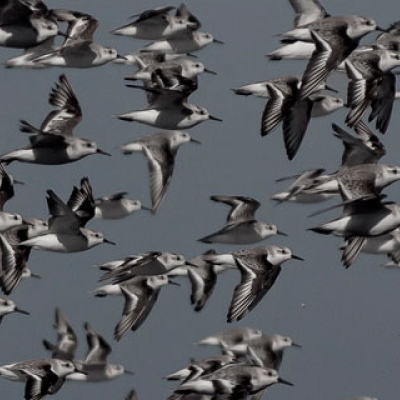
To the Bat Cave
By Kennedy Warne / On June 21st, 2011
One of the mangrove-related creatures I hoped to see in Cuba was the fishing bat, which takes small fish from the surface waters of wetland ponds in swooping aerial dives. While waiting for nightfall, when the bats are active, I visited a cave where another species, the butterfly bat, pours out of its roosts by the tens of thousands—a squeaking, fluttering horde. . . Read more »

